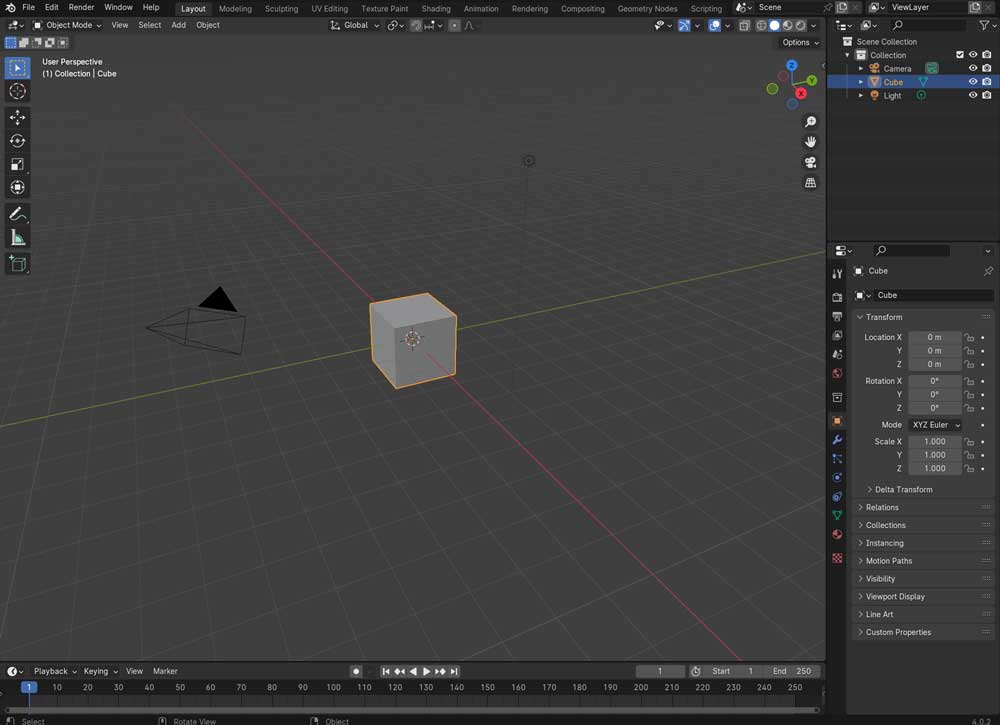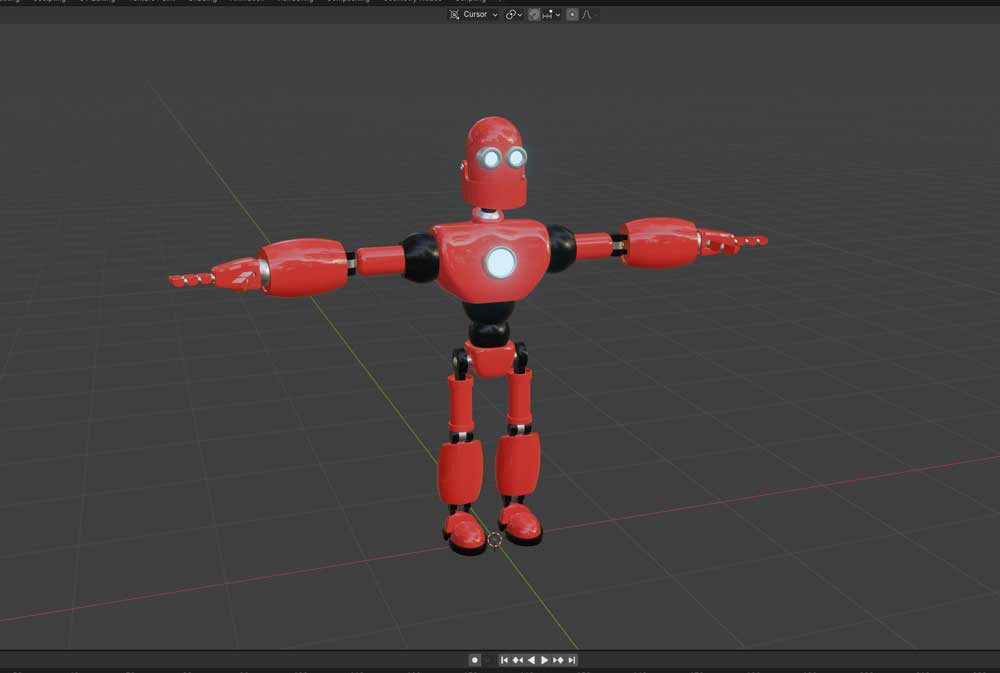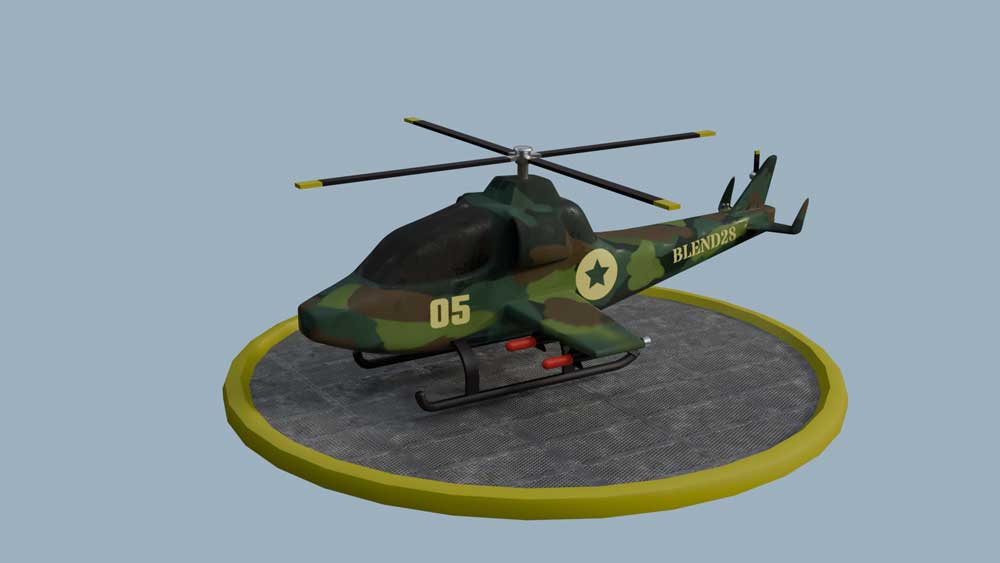Is Blender Hard to Learn?
Only at First – Then It Becomes Sorcery
Ah, Blender. The free, open-source 3D software that can turn your computer into a virtual movie studio, game engine, animation lab, and occasionally, a crash simulator. It’s powerful, professional-grade, and completely free. Sounds too good to be true, right?
Well… there’s just one question on every newbie’s lips:
“Is Blender hard to learn?”
Short answer: Yes.
Longer answer: Also yes… but it gets better. Promise.
Opening Blender for the First Time: A Mild Panic Attack
Opening Blender is a rite of passage. You launch it, ready to build a castle, and BOOM—you’re faced with an interface that looks like a nuclear reactor control panel.
There’s a cube in the middle.
You don’t know what to do with the cube.
You delete the cube by accident.
Panic. Regret. Confusion.
Repeat.
But don’t worry. You’re not broken. Blender is just… a lot at first. Every Blender user has been through “the cube crisis.” You’re now part of a secret club.

How Hard is Blender to Learn?
Let’s break it down:
Blender is not “learn to do heart surgery in a moving car” hard.
It’s “learn to ride a unicycle while juggling” hard—awkward at first, but eventually kind of fun.
The hard part isn’t that Blender is poorly made (it’s brilliant, actually), it’s that it does everything. Modeling, sculpting, texturing, animating, video editing, physics simulations, baking cookies*—you name it.
*Note: Blender doesn’t actually bake cookies. But it does bake lighting and textures, which sounds delicious if you don’t know what it means.
If you try to learn everything at once, your brain might pop like a balloon at a porcupine party. So, the trick is to start small:
- Focus on one area (like modeling)
- Use beginner-friendly tutorials
- Laugh at your horrible early creations
- Keep going anyway
It’s less about intelligence and more about persistence and coffee.
How Long Does It Take to Learn Blender?
Ah yes, the million-polygon question.
Beginner level:
1–2 weeks of daily practice can get you comfortable with the basics—navigating the interface, modeling simple objects, and making your first weird cube monster.
Intermediate level:
1–3 months to feel like you kind of know what you’re doing. You can model scenes, animate bouncing balls, and impress your friends who think you’re hacking into the Matrix.
Advanced level:
6–12 months to get pretty darn good. You’ll start throwing around words like “subsurface scattering” and “inverse kinematics” at dinner parties. (You may stop getting invited to dinner parties.)
Of course, your timeline may vary depending on your background, dedication, and whether or not your cat keeps walking on your keyboard mid-render.
The good news? You’ll start seeing progress fast if you stick with it—even if your first 3D donut looks like it was chewed up and retextured by a toddler.

Why Blender Feels Like Climbing Mount Everest in Flip-Flops
Blender throws a lot at you:
- Buttons everywhere
- Menus hiding inside other menus
- Panels that open when you look at them wrong
- Hotkeys that do five different things depending on the angle of the moon
But all of that complexity has a purpose—it’s what gives Blender its superpowers. And once you start learning how to tame it, you’ll feel like a digital wizard.
What Makes Learning Blender Easier
Blender is tricky, but not hopeless. Here’s what helps:
- YouTube tutorials – Honestly, this is where 90% of Blender users learn. Search “Blender tutorial beginner,” and you’ll find an entire buffet of helpful content.
- Blender Guru’s Donut Tutorial – This is basically the gateway drug to Blender. It’s fun, slow-paced, and ends with you creating a glorious, glossy pastry.
- Keyboard shortcuts – Sounds scary, but they’re like cheat codes once you learn them. Soon you’ll be modeling objects like a caffeinated octopus.
- The Blender community – Forums, Reddit, Discord—it’s full of kind strangers ready to help you when your camera disappears into the void.
The Struggle is Real – But So Is the Payoff
There will be moments where:
- Your mesh explodes for no reason
- You lose an hour of work because you forgot to save
- You accidentally render 400 frames of… nothing
It’s okay. Rage is part of the process. So are memes, coffee breaks, and posting your horrible 3D banana on Reddit for strangers to compliment.
But then comes the moment you finish your first real scene. Maybe it’s a wobbly cup, maybe it’s a low-poly penguin. Doesn’t matter. That feeling? Pure magic.

Final Thoughts: Yes, Blender Is Hard—At First. But Worth It.
So, is Blender hard to learn?
Absolutely.
At first, it’s like trying to speak dolphin while underwater.
But with a little time, you’ll go from confused button-smasher to confident creator.
You’ll model characters, make animations, simulate physics, and maybe even build an entire game level. And all with a tool that didn’t cost you a cent.
And hey—if you can survive the learning curve, you can survive anything. Even the judgmental default cube.
Getting Started? Here’s Your Mini Blender Survival Kit:
- Watch Blender Guru’s Donut Tutorial
- Join a Blender Discord server or forum
- Learn the hotkeys for grab (G), rotate (R), and scale (S)
- Accept that your first projects will be hilarious failures
- Never trust the default cube
I included my first robot and helicopter images just to show you.. We all need to start from zero.
Author: Big Digital Bear



